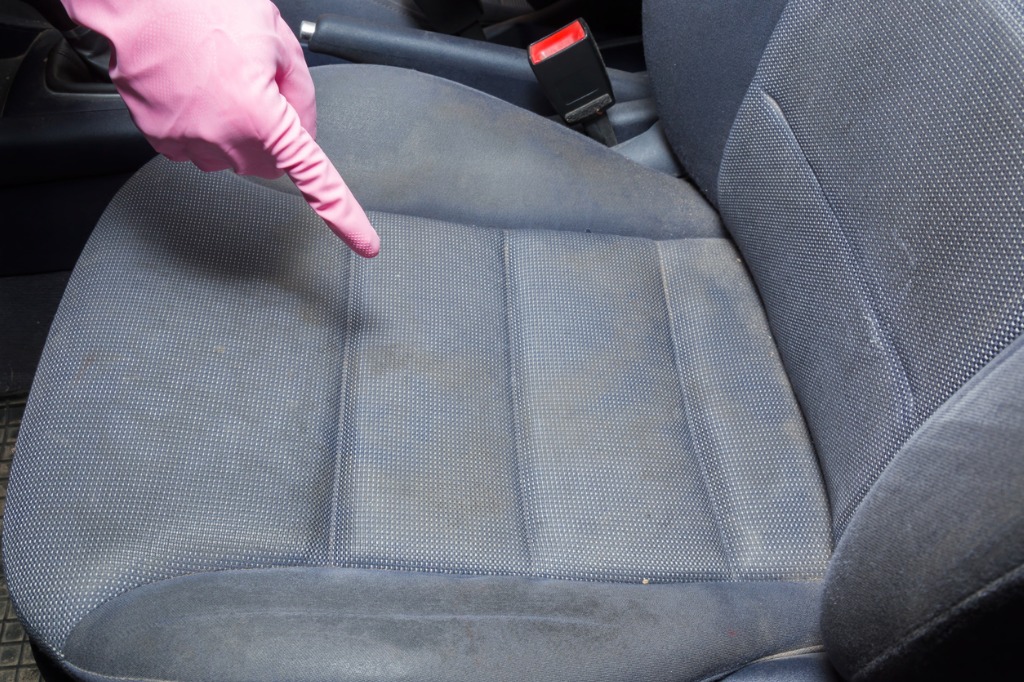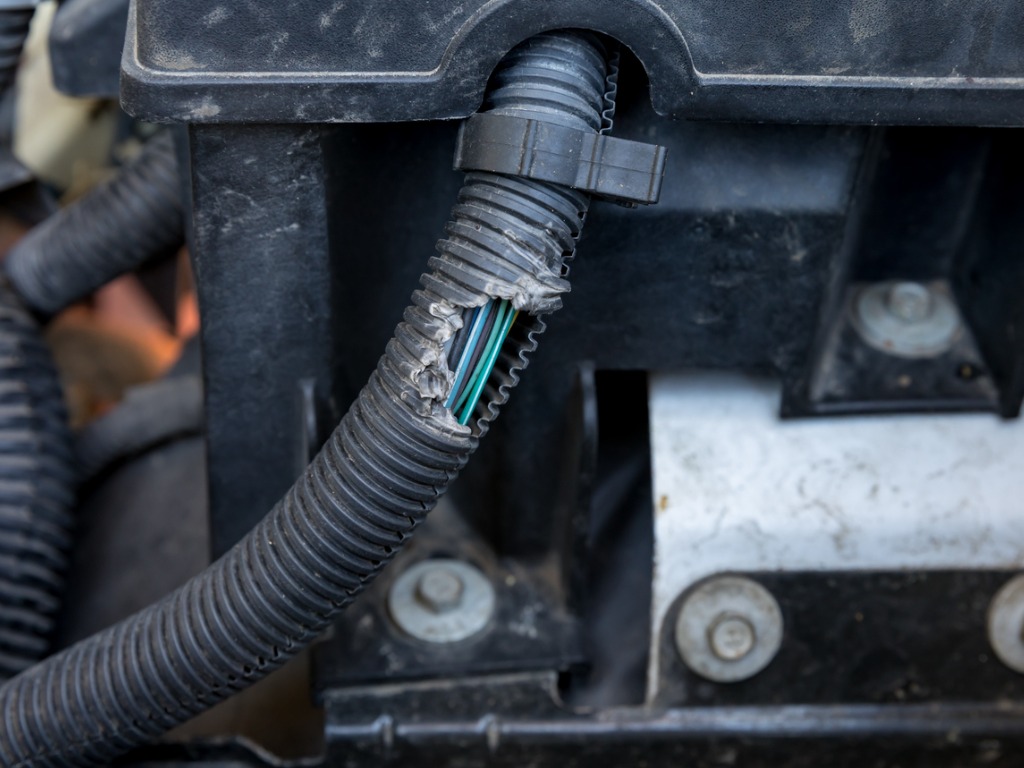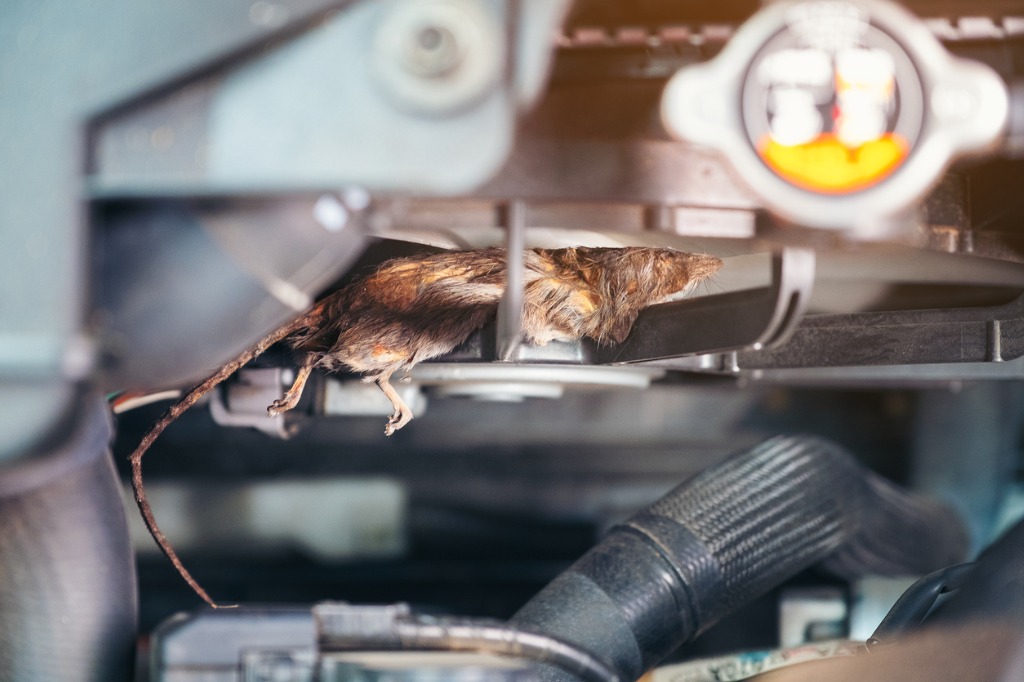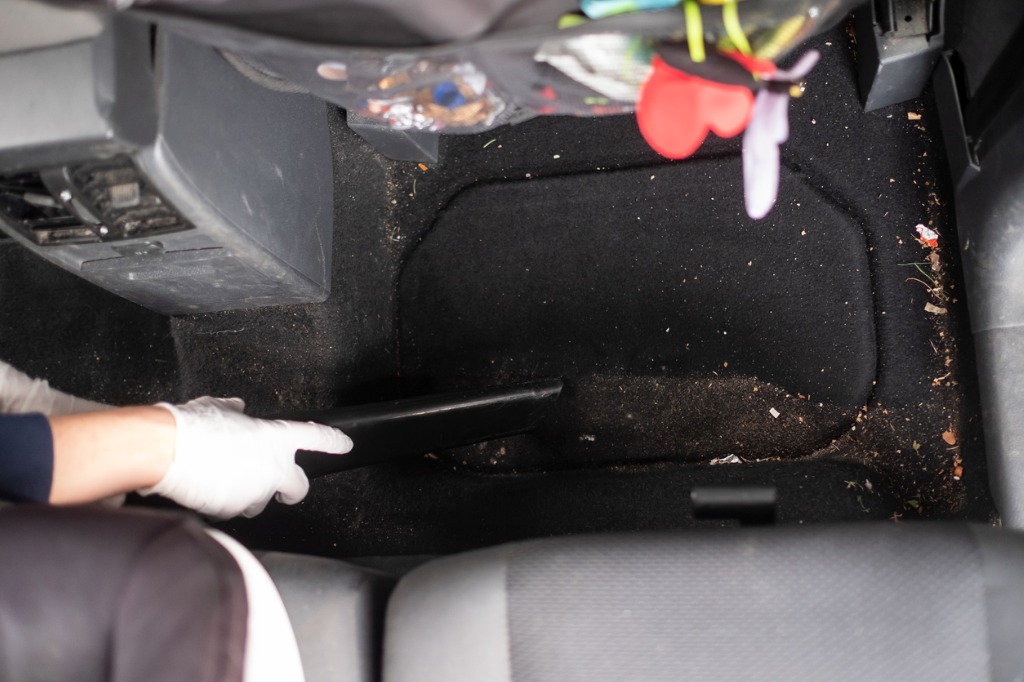Rodents infiltrating vehicles is a persistent issue that plagues many car owners, causing not only damage to the vehicle but also potential health risks. The need to safeguard vehicles from rodent intrusions has become increasingly urgent, especially considering the intricate nests and destruction that these small creatures can create within the hidden spaces of a vehicle.
This article aims to shed light on the prevalence and dangers of this problem, stressing the importance of robust preventive measures, and providing a glimpse into the upcoming strategies for effective rodent-proofing.
Through understanding, prevention, and maintenance, a mouse-free vehicle is not just a possibility but a realistic goal that can be achieved by following the guidance shared in the subsequent sections.
Key takeaways
- Rodent intrusions in vehicles can cause damage and health risks.
- Recognize signs of rodent presence, like chew marks and droppings.
- Keep your car clean to minimize attractiveness to rodents.
- Seal entry points using durable materials to prevent access.
- Sealing entry points stops rodents from accessing your home.
- Utilize natural deterrents like plants and essential oils.
- Secure your parking area to reduce rodent hiding spots.
- Develop a strategy for dealing with infestations if they occur.
- Rodent damage includes chewed wiring, nests, and fluid leaks.
Signs That Mice and Rats Are Already in Your Car

Discovering that mice or rats have made their way into your car can be frustrating and potentially costly. It’s essential to be vigilant and watch out for signs of their presence to address the issue promptly. Here are some telltale signs that rodents might have already taken up residence in your vehicle:
- Chewing Damage: Visible chew marks on wires, hoses, insulation, or other soft materials. Droppings: Finding rodent droppings in the glove compartment, under the seats, or in other hidden areas.
- Nesting Materials: Presence of shredded paper, fabric, or plant material used by rodents to build nests.
- Unusual Smells: Persistent and unexplained odors, such as a musty or urine smell. Sounds: Scratching or scurrying noises coming from within the vehicle, particularly when it’s quiet.
- Footprints: Tiny footprints or tail marks in dusty areas of the car.
- Stains: Grease or dirt marks left by the rodents along their travel paths.
- Gnawed Food Packages: If you keep snacks or food items in your car, check for any signs of gnawing or tampering.
- Malfunctioning Electronics: Rodents can chew through wires, leading to unexpected electronic issues or warning lights on the dashboard.
- Physical Sightings: Spotting a mouse or rat in or around your car is a definitive sign of infestation.
Prompt action is necessary if you notice any of these signs, as rodents can cause significant damage to your vehicle’s functionality and can also pose health risks.
Here are 8 Tips to Keep Your Car Rodent-Proof
1. Unveiling the Rodent Attraction

Discovering that mice or rats have made their way into your car can be frustrating and potentially costly. It’s essential to be vigilant and watch out for signs of their presence to address the issue promptly. Here are some telltale signs that rodents might have already taken up residence in your vehicle:
To effectively keep your car rodent-proof, it’s important to uncover the factors that make vehicles an enticing target for these pests. By delving into these factors, you can gain valuable insights into how to thwart their interest in your vehicle.
Consider the allure of shelter, warmth, and potential food sources that your car might offer to rodents. Furthermore, different types of rodents may exhibit varying preferences for invading vehicles, with common suspects including mice and rats.
Understanding the potential havoc these creatures can wreak on your car is a powerful incentive to take preventive action. From chewed wires that lead to electrical malfunctions to interior damage, the consequences of rodent infestations can be both frustrating and expensive.
By shedding light on the attractions that draw rodents to vehicles, you can proactively tailor your approach to safeguard your car from their unwanted presence.
2. Fortifying Your Vehicle’s Cleanliness
Maintaining a clean interior is a pivotal aspect of rodent-proofing your car. By eliminating all remnants of food and minimizing clutter, you can significantly reduce the attractiveness of your vehicle to rodents.
Implement a consistent cleaning regimen to uphold vehicle hygiene, ensuring that potential food sources are promptly removed. Additionally, consider using specialized containers and bags designed to repel rodent interest, further safeguarding your car from infestations.
By focusing on cleanliness and organization, you create an environment that is less appealing to rodents, enhancing your efforts to keep them at bay.
3. Sealing Entry Points: A Defense Mechanism

An effective defense against rodent intrusion involves sealing potential entry points that these pests exploit. By identifying vulnerable areas that rodents commonly use to gain access, you can take proactive measures to fortify your vehicle’s defenses.
Utilize durable and resilient materials to seal openings, creating barriers that prevent rodents from infiltrating. Moreover, preserving intact door seals is crucial in deterring intrusion, as damaged seals can serve as an easy gateway for pests.
By focusing on sealing entry points, you enhance your car’s protection against rodent infestations, bolstering your overall strategy for a rodent-free vehicle.
4. Tapping into Nature’s Deterrents
Harnessing the power of nature’s deterrents can be a valuable addition to your rodent-proofing strategy. Consider using natural repellent plants like mint and lavender, strategically positioning them around your car to create a barrier that rodents are less likely to cross.
Additionally, leverage the potency of essential oils and repellent sachets strategically placed within your vehicle to discourage pests. For more advanced measures, explore the effectiveness of ultrasonic devices that emit sound waves imperceptible to humans but repelling to rodents.
By tapping into these natural approaches, you enhance your ability to keep your car rodent-free while minimizing reliance on chemical solutions.
5. Securing Your Parking Territory
Taking proactive steps to secure your parking space is a vital aspect of rodent prevention. Start by eliminating potential rodent hiding spots around the area, reducing their opportunities for shelter.
Incorporate motion-activated lighting that deters rodents by disrupting their comfort in the vicinity. Moreover, enhance your defense by integrating landscaping strategies that discourage rodent activity.
Trim back vegetation, remove debris, and create a less hospitable environment for these pests. By effectively securing your parking territory, you create a formidable barrier against rodent intrusion, complementing your overall strategy to maintain a rodent-free car.
6. Regular Surveillance and Inspection

Implementing a routine regimen of surveillance and inspection is a cornerstone of rodent-proofing your car. Emphasize the significance of regularly checking the engine compartment, where rodents often seek refuge.
Be vigilant in detecting any telltale signs of nesting materials or droppings within the vehicle’s interior, swiftly addressing any indications of rodent presence. Prompt action is paramount to prevent potential problems from escalating.
By consistently practicing thorough surveillance and proactive inspection, you fortify your efforts to maintain a rodent-free vehicle, ensuring that any emerging issues are dealt with promptly and effectively.
7. Confronting Infestations: A Strategic Approach
When facing the possibility of a rodent infestation, adopting a well-considered strategy is essential. Begin by familiarizing yourself with the indicators that suggest a potential infestation, such as the presence of droppings, chewed materials, and unusual noises.
Outline a step-by-step plan of action in case an infestation is suspected, including thorough cleaning, sealing entry points, and implementing deterrent measures. For severe infestations, evaluate the option of enlisting professional pest control services, ensuring a comprehensive and effective resolution.
By taking a strategic approach to confronting infestations, you enhance your ability to swiftly and efficiently address rodent-related challenges, maintaining the integrity of your vehicle and peace of mind.
8. Sustaining Long-Term Protection
Maintaining enduring protection against rodent intrusion requires a steadfast commitment. Establish a regular maintenance schedule to consistently address vulnerabilities in and around your vehicle.
Adapt your prevention tactics over time, remaining attentive to evolving rodent behaviors and adjusting your strategies accordingly. Foster collective efforts within the community by sharing information and best practices to collectively curb vehicle rodent issues.
By sustaining your commitment to prevention, adapting to new challenges, and fostering community awareness, you create a robust defense that ensures long-term protection for your vehicle against unwanted rodent guests.
What Are Possible Places to Find Mice Nests Inside a Car?
Mice can create nests in various hidden and sheltered areas within a car’s interior, taking advantage of spaces that provide warmth and protection.
Common places to find mice nests inside a car include the engine compartment, particularly around the battery or near the firewall. Additionally, mice might nest under the seats, in the glove compartment, within air vents, and in the trunk or storage compartments.
They often use materials like fabric, insulation, paper, and even pieces of wiring to build their nests. Regularly inspecting these potential nesting spots and taking preventive measures can help mitigate the risk of rodent infestations.
Preventing rodent infestations and addressing them promptly when they occur is crucial to minimize these potential damages and maintain the longevity and performance of your vehicle.
Conclusion
In the quest to maintain a rodent-free vehicle, the urgency of taking action cannot be overstated. By implementing the strategies outlined in this guide, you fortify your car against the threats posed by rodents.
From meticulous cleanliness to sealing entry points, and from utilizing natural deterrents to proactive surveillance, each step contributes to a comprehensive defense. The reward lies not only in safeguarding your car from potential damages but also in the tranquility that comes with driving a vehicle that is resilient against rodent intrusion.
By embracing these measures, you ensure a smoother, more enjoyable driving experience, free from the disruptions and frustrations that rodents can bring.
Frequently asked questions
Signs include chew marks, droppings, nesting materials, smells, noises, footprints, stains, gnawed food, electronic issues, and physical sightings.
Keep it clean, seal entry points, use natural deterrents, secure your parking area, and inspect regularly.
Chewing wires, damaging interiors, insulation, air systems, causing leaks, impacting safety, and leading to costly repairs.
Engine compartment, under seats, air vents, glove compartment, storage compartments, and trunk.
Prevents escalating damage, maintains functionality and safety, avoids costly repairs, and minimizes inconvenience.

